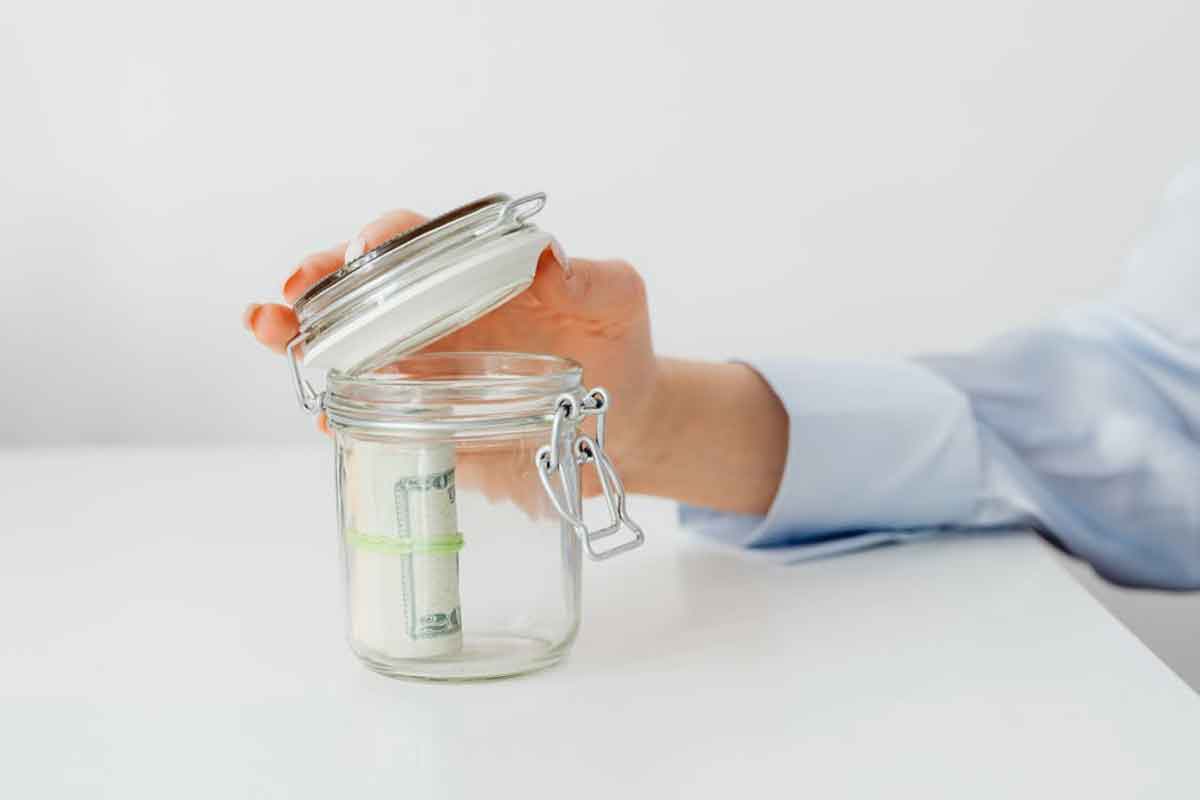Table of Contents
The Untold Truth About Earnest Money Deposits
New investors often hear about earnest money deposits (EMDs) but don’t realize how big a deal they’ve become. A decade ago, sellers might accept $500–$1,000 as a good-faith deposit. But in competitive markets today — especially in California, Florida, Missouri, and Ohio — sellers and real estate agents regularly require $5,000, $10,000, or even $20,000+ just to take an offer seriously.
This can be a major roadblock for wholesalers and fix-and-flip investors who don’t have that kind of liquidity. The good news? You don’t need to risk your own savings. With gap loans, JV partners, and short-term lenders, you can still secure deals and compete with serious buyers.
What Is an Earnest Money Deposit?
An EMD is a good-faith deposit made when you sign a purchase contract. It shows the seller that you are serious and willing to risk losing money if you fail to close.
Key elements of an EMD:
- Paid upfront when the purchase contract is signed
- Typically held in escrow by a title company or attorney
- Applied to the purchase price at closing
- Refundable only if protected by contingencies
For sellers, EMDs are proof you’re not a “tire kicker.” For buyers, they’re the first financial hurdle to locking down a deal.
Why EMDs Are So High in Some States
Not all EMDs are equal — location matters.
- California – High home values = high EMDs. On a $600,000 property in Los Angeles, a $15,000 deposit is standard.
- Florida – Hot investor markets (Orlando, Tampa, Miami) demand larger deposits to weed out unserious buyers.
- Missouri – In St. Louis and Kansas City, EMDs of $5k–$10k are now the norm, even on mid-priced properties.
- Ohio (Columbus & Toledo) – Competition from out-of-state investors has pushed deposits higher, often $5k+.
👉 If you want to win deals in these markets, you need a plan for funding your deposit — not just for closing.
How Investors Fund Large Earnest Money Deposits
Investors have several proven methods for covering large EMDs without draining their own cash:
- Gap Loans
- A private lender provides short-term capital to cover the deposit.
- Repaid at closing once the deal is complete.
- Transactional Funding
- Often used in double closings. The deposit is funded as part of the short-term financing.
- Joint Venture Partners
- A partner provides the EMD in exchange for equity or a share of profits.
- Private or Hard Money
- Some lenders roll deposits into project financing, especially for repeat borrowers.
- Proof of Funds With Backing
- A lender or partner issues a POF letter plus the deposit, signaling strength to sellers.
💡 Pro Tip: Always negotiate inspection and financing contingencies in your contracts. These protect your EMD if the deal collapses.
Example Deal (Florida Wholesaler)
- Property: $250,000 single-family in Orlando
- Seller requires: $10,000 EMD
- Investor solution: Gap loan covers deposit
- End buyer lined up at: $275,000
- Closing costs + funding fees: $5,000
- Final Profit: $20,000 net
👉 Without gap funding, this investor would’ve lost the deal. Instead, they turned a modest $25k spread into a $20k net payday.
Challenges & Risks With EMDs
- Non-Refundable Deposits – If your contingencies expire, you could lose your deposit.
- Overcommitting – Don’t agree to a deposit larger than you can realistically cover.
- Verification – In competitive markets, sellers sometimes confirm with your lender that funds are real.
- Limited Lender Access – Many lenders won’t fund EMDs unless you have a track record.
EMD Strategies for Different Investors
- Wholesalers → Use gap lenders or JV partners. Focus on contracts with short inspection periods.
- Fix-and-Flip Investors → Fold EMD into your overall bridge or hard money financing.
- Out-of-State Buyers → Rely on local title companies and partners for credibility.
- New Investors → Start with smaller deposits and build trust with sellers before scaling up.
FAQs
Q: Can you wholesale without an earnest money deposit?
In some markets, yes. But in competitive states like California and Florida, $5k–$10k is expected.
Q: Is an earnest money deposit refundable?
Yes, if you have contingencies (inspection, financing). Without them, you risk losing it.
Q: Can I borrow money for my EMD?
Yes. Gap loans, JV partners, and private lenders are common sources.
Q: How much should I expect to put down in Missouri?
$5,000–$10,000 is standard depending on the property and seller.
Q: What happens if I can’t close?
You’ll likely lose the deposit, and in some cases, risk legal action if the seller claims damages.




